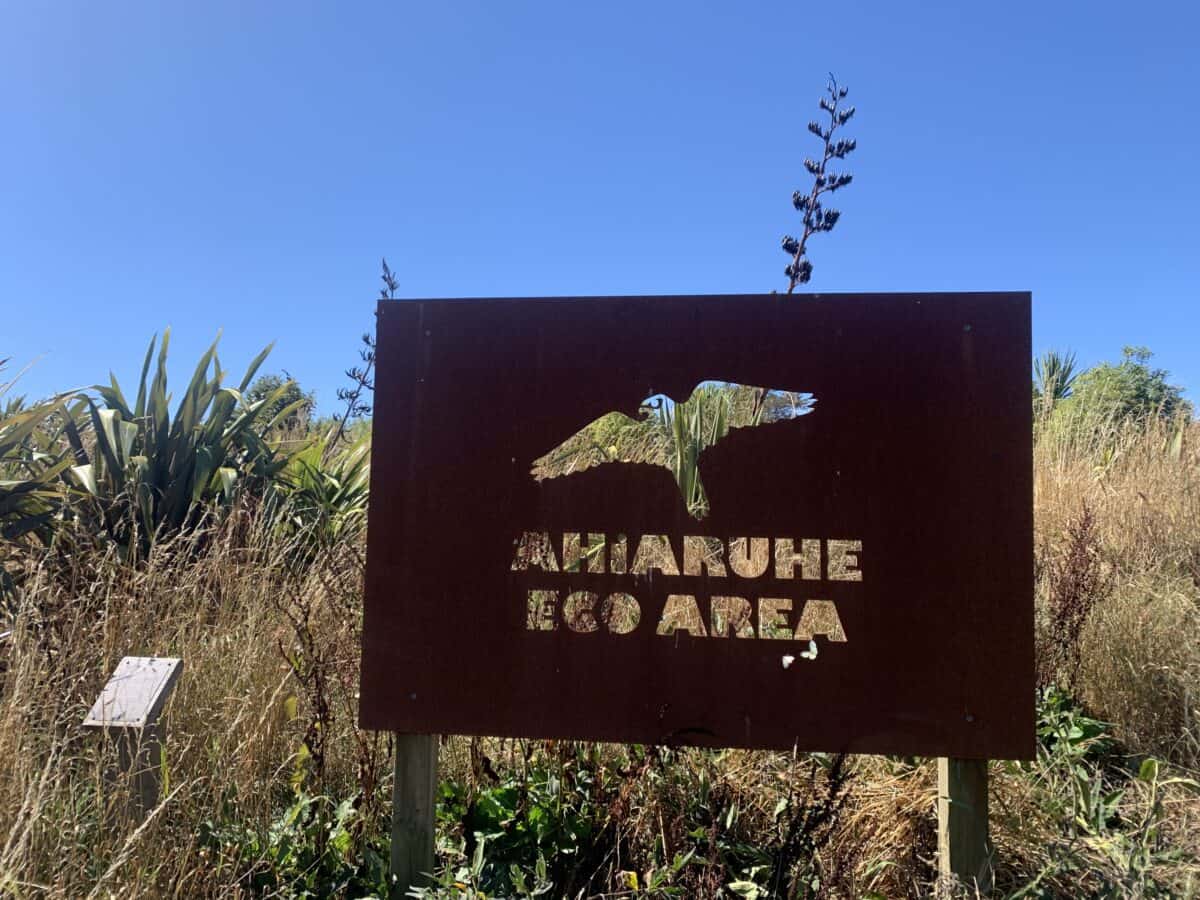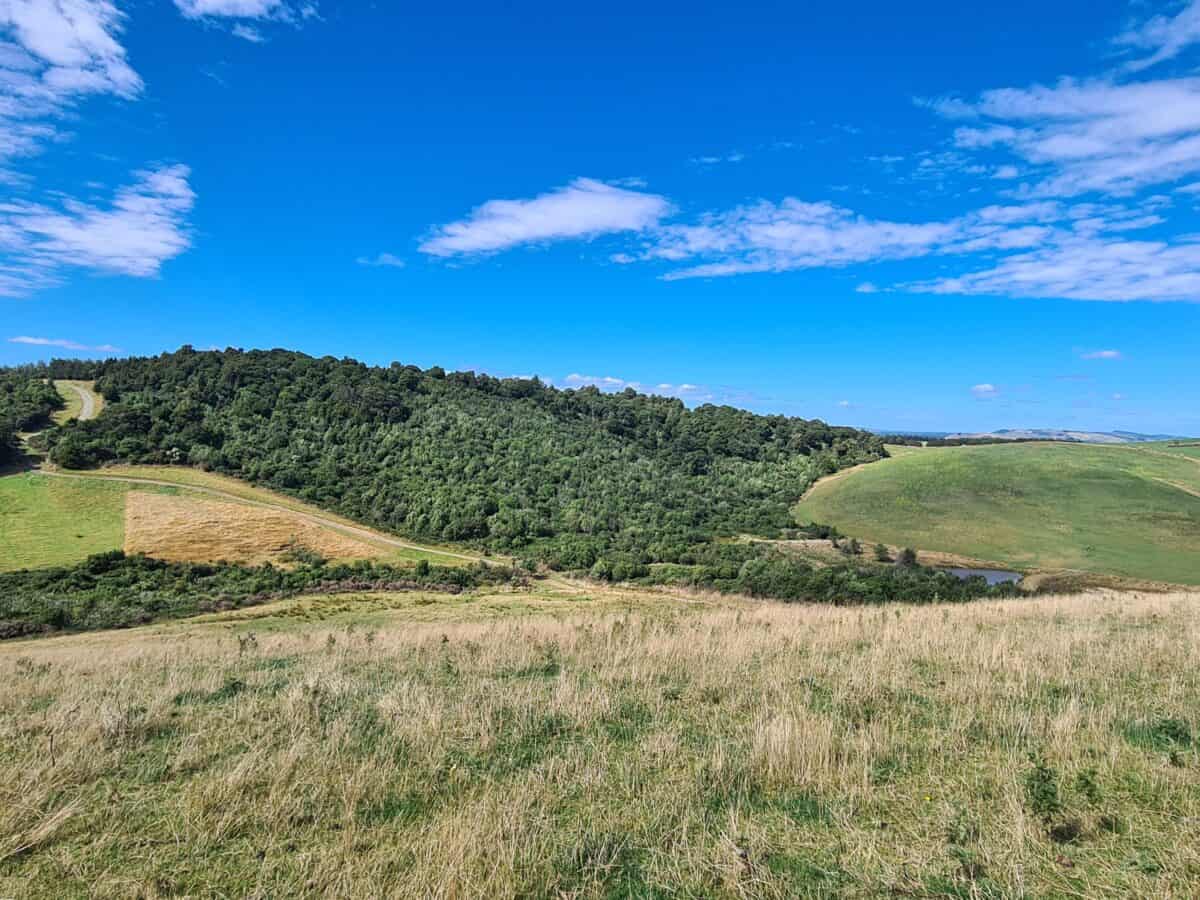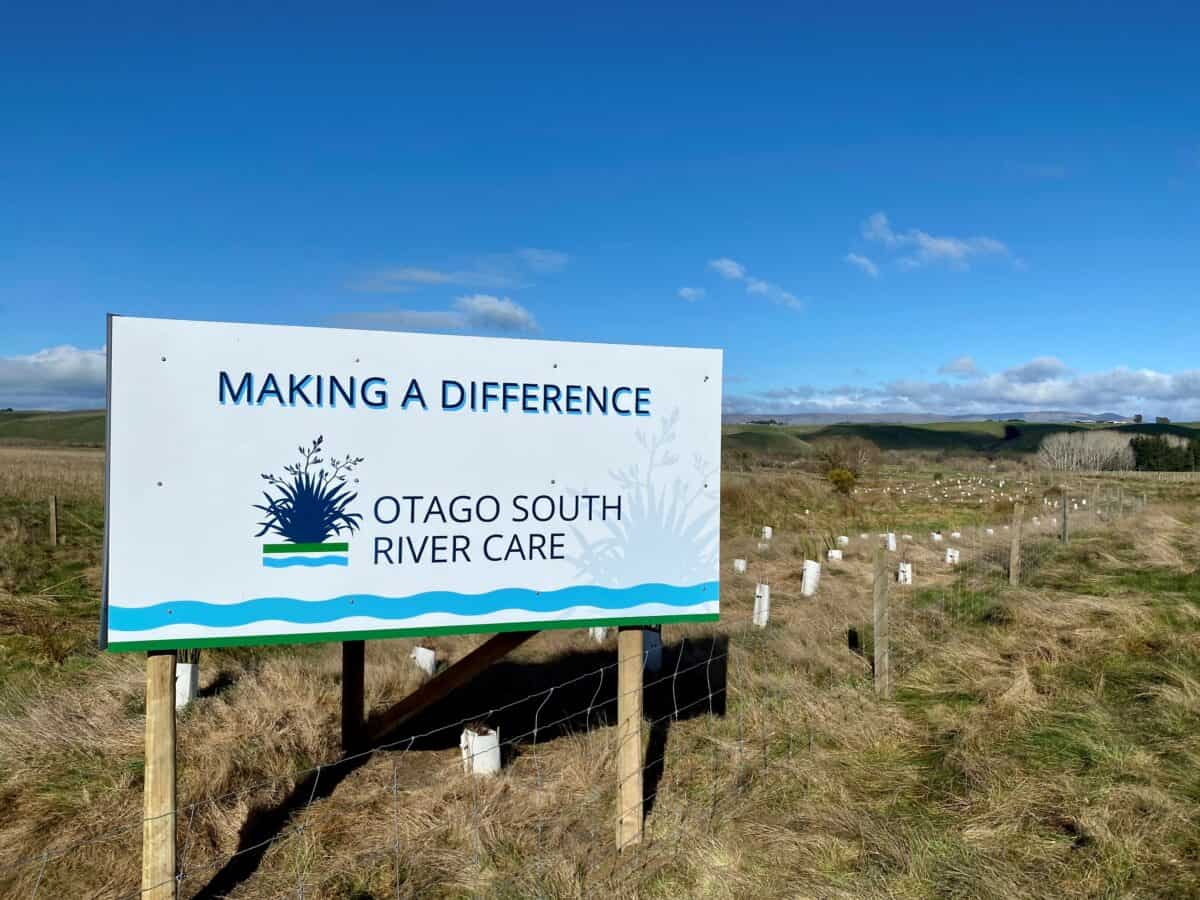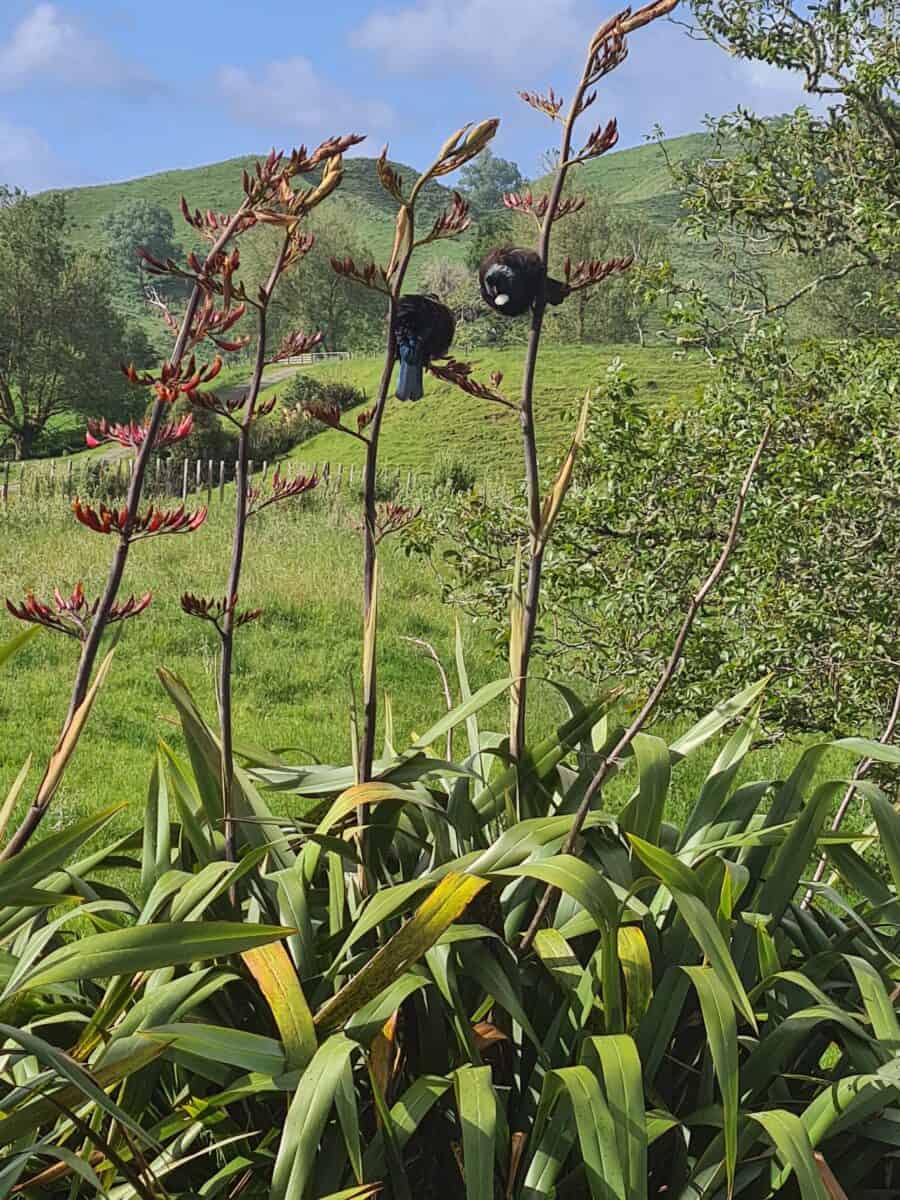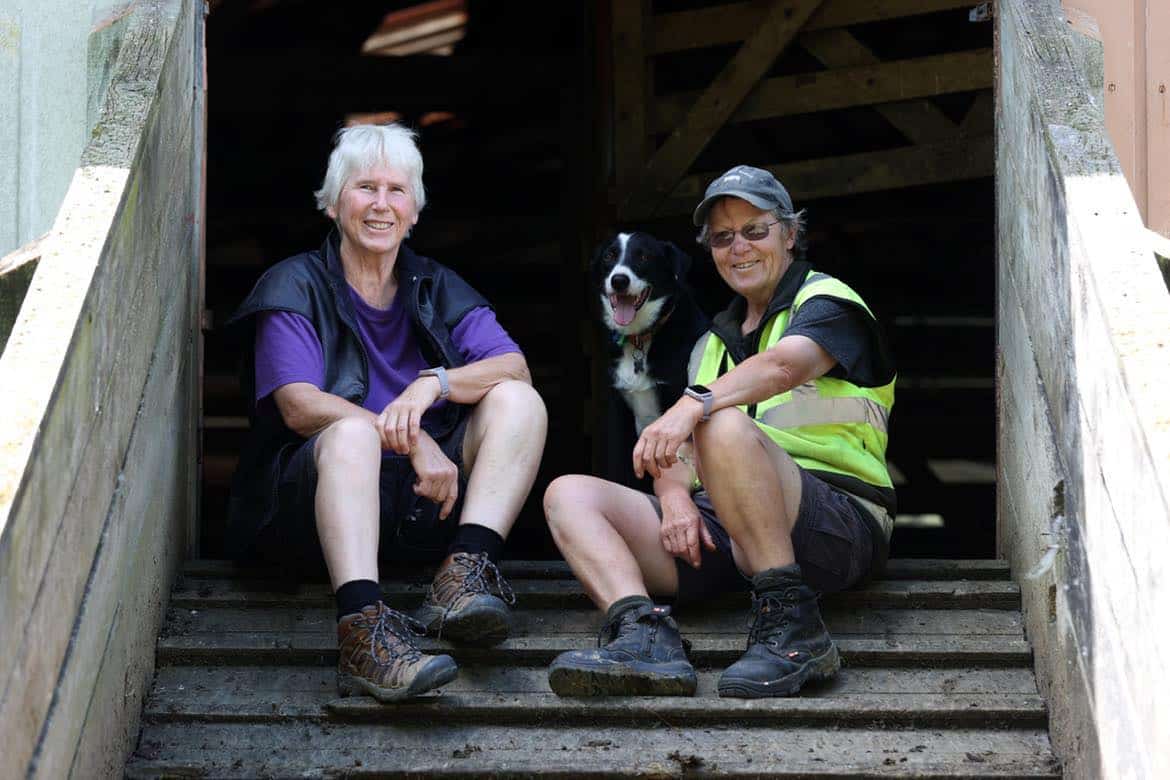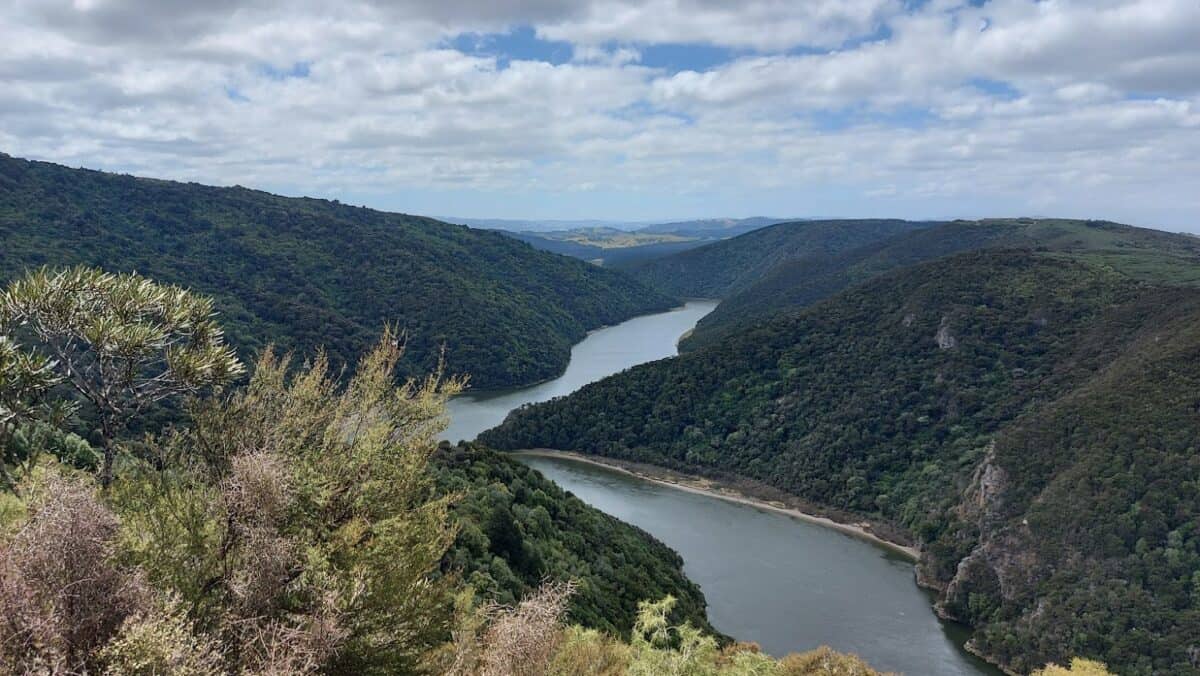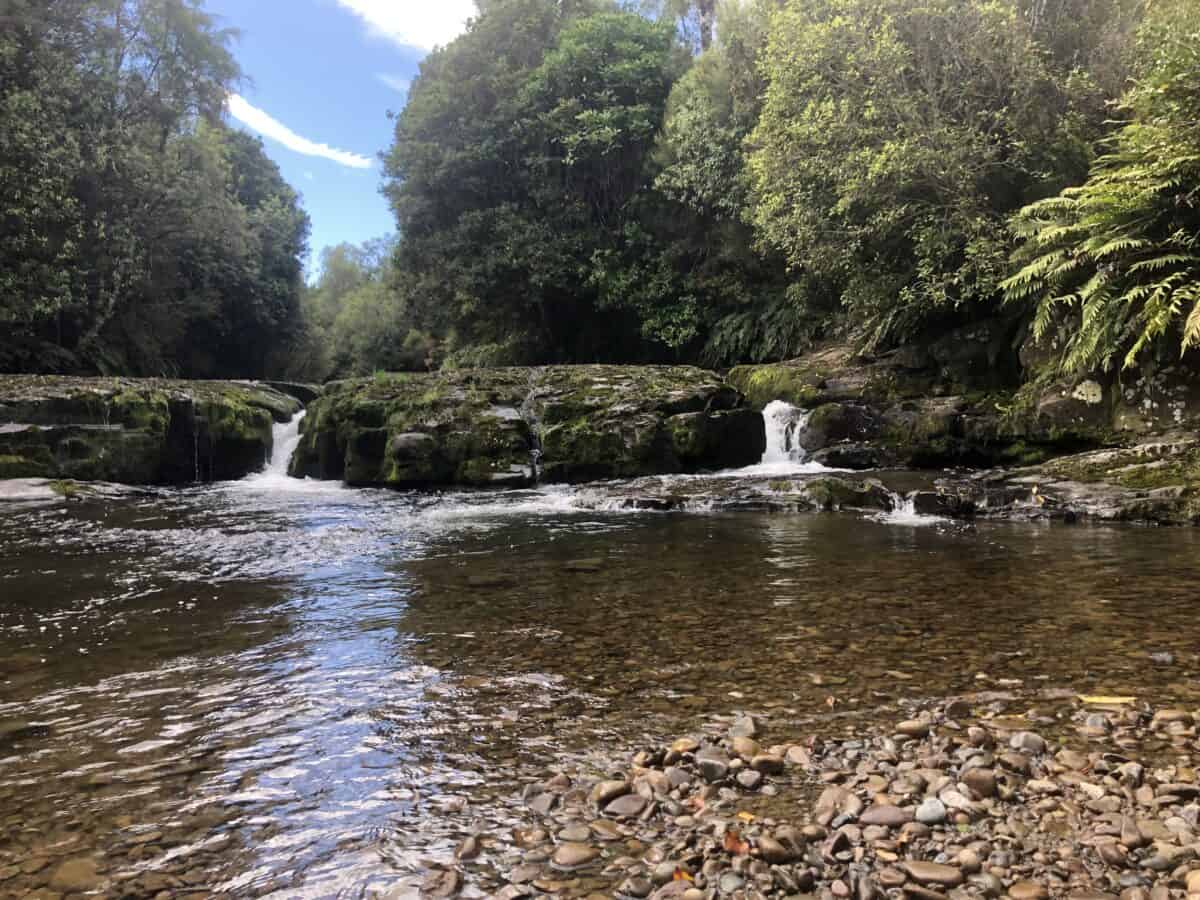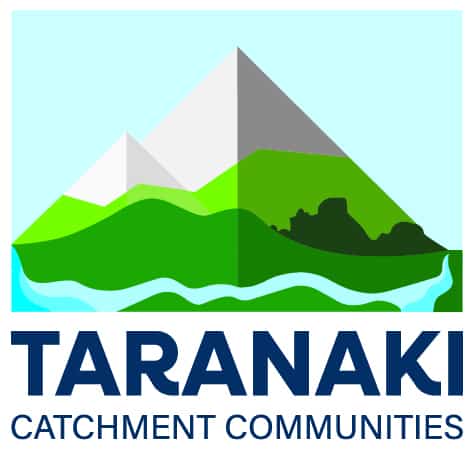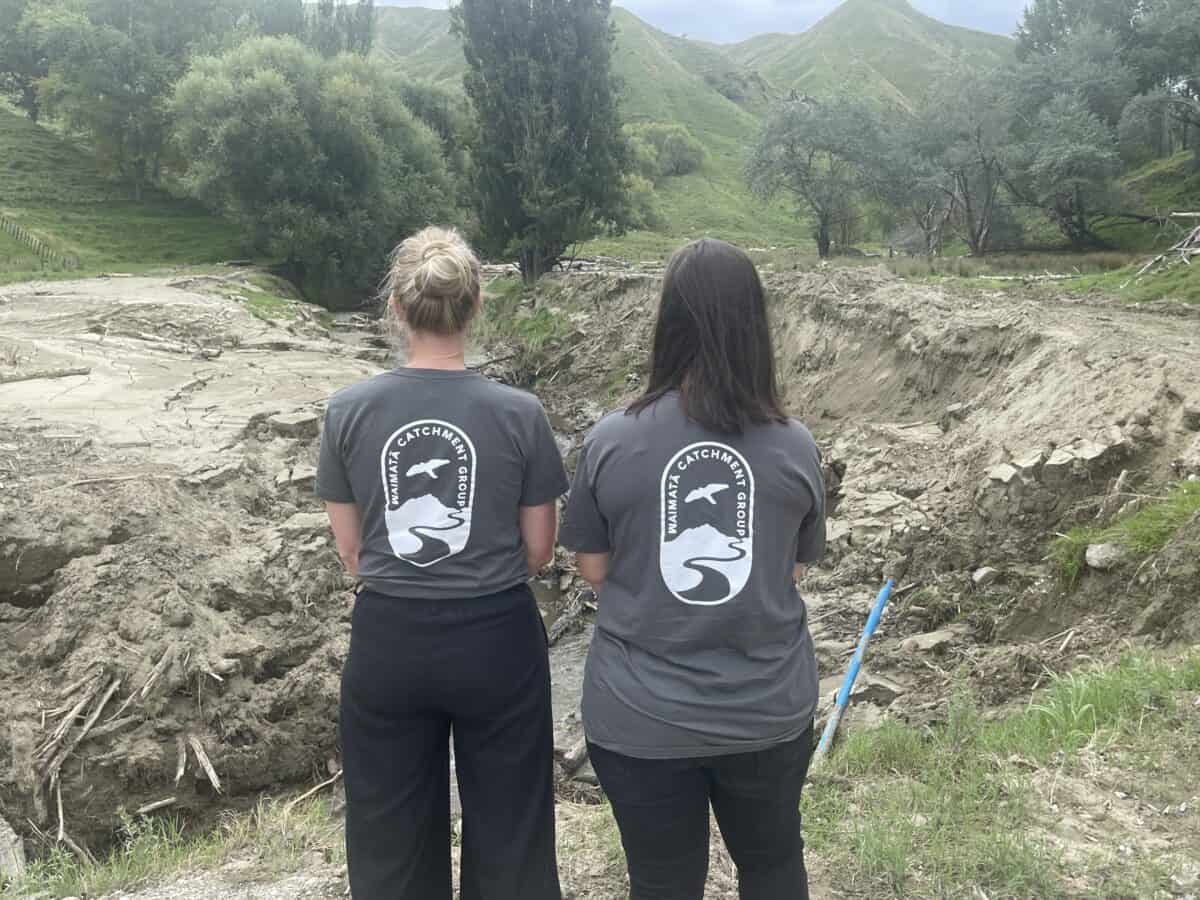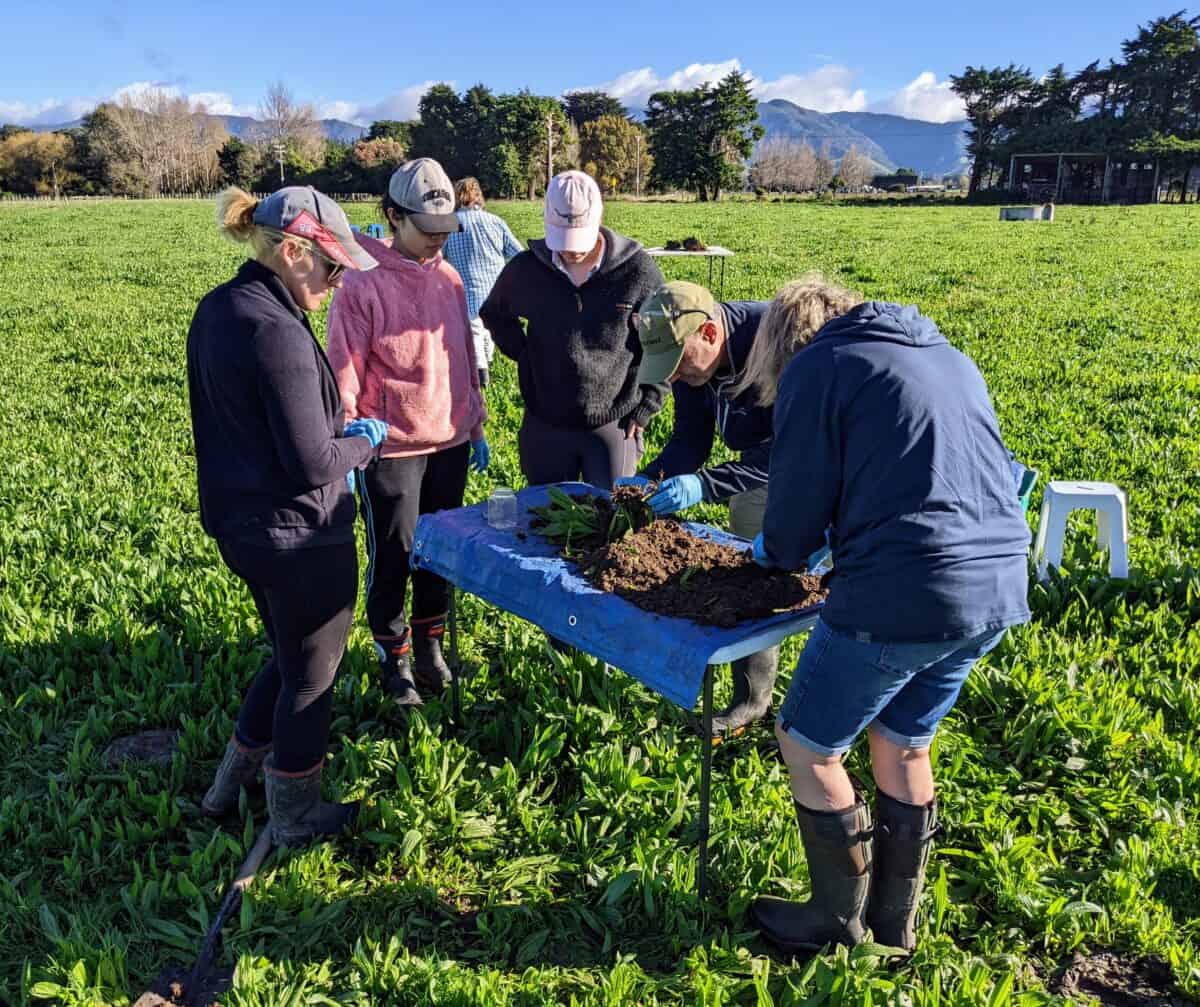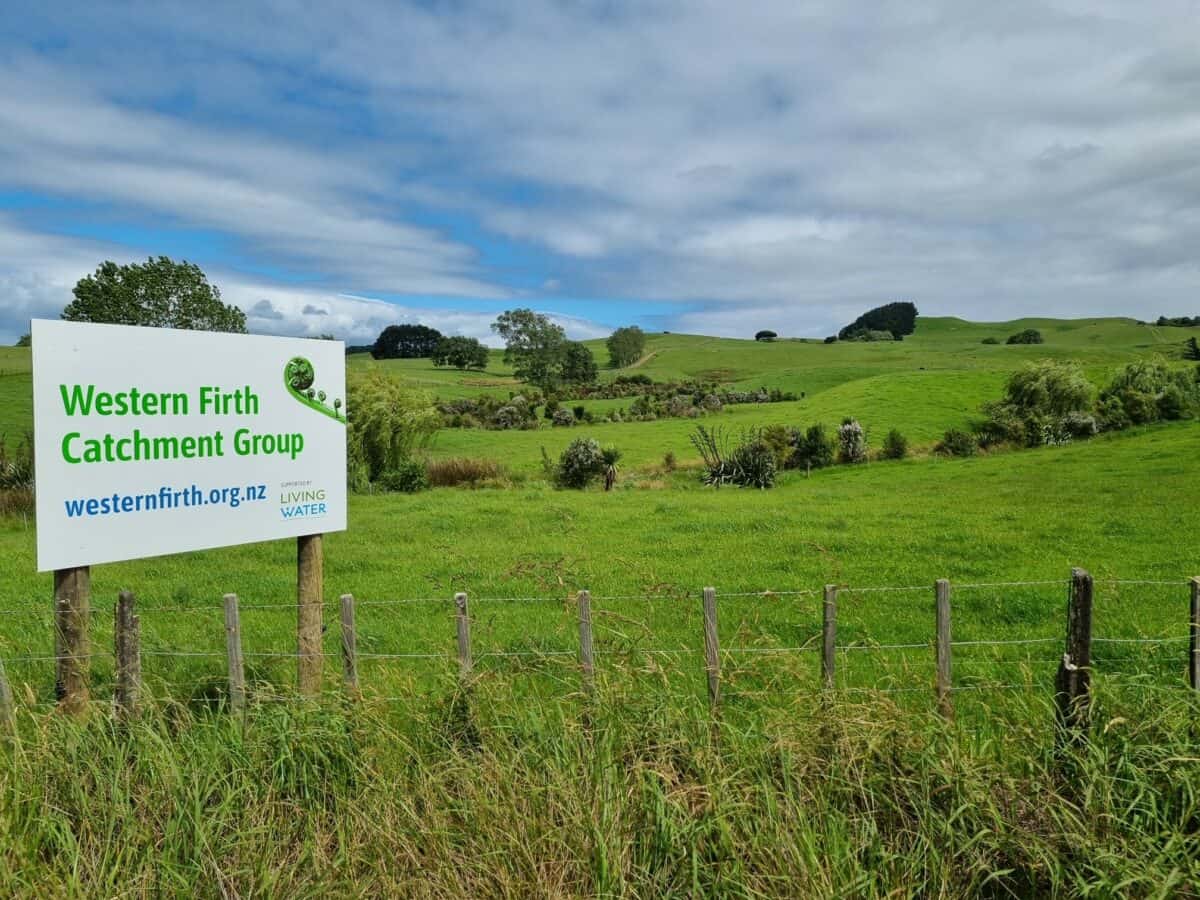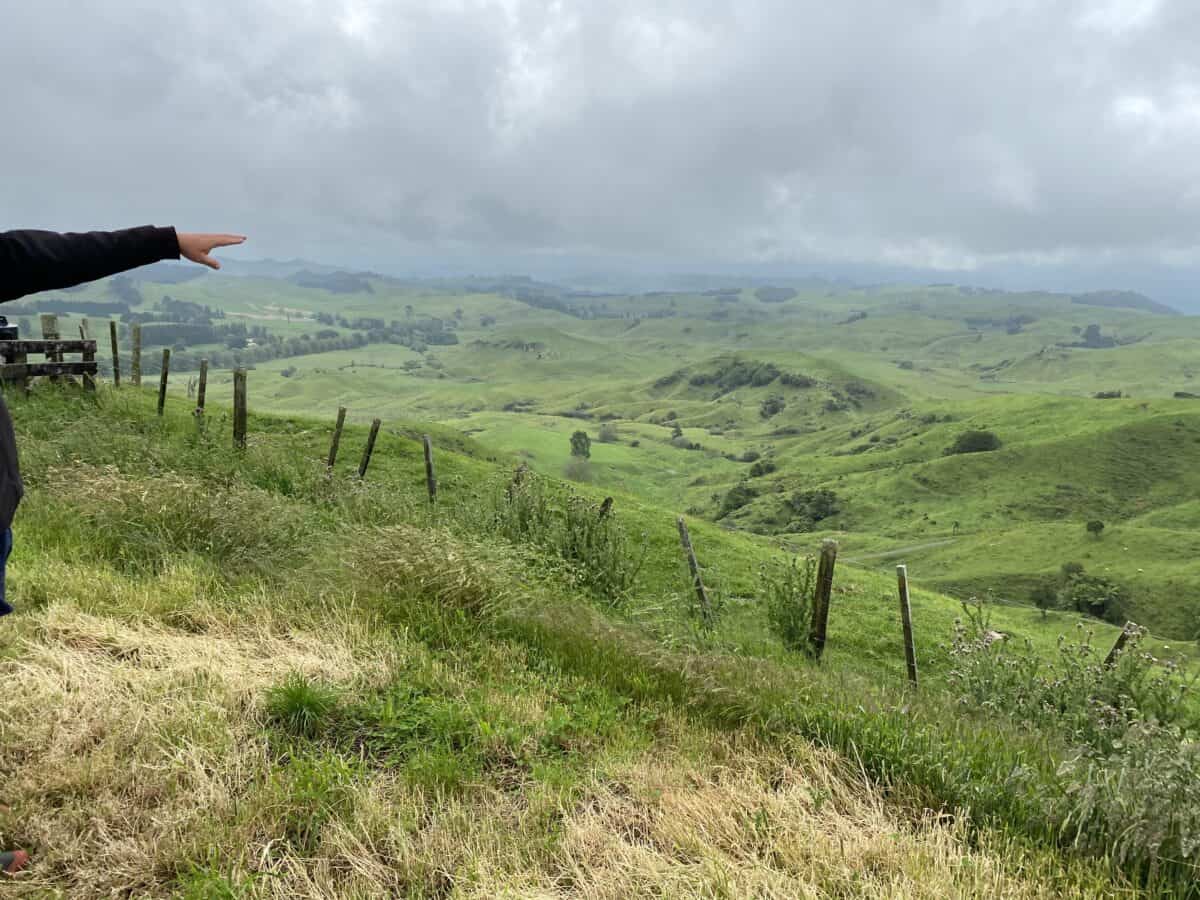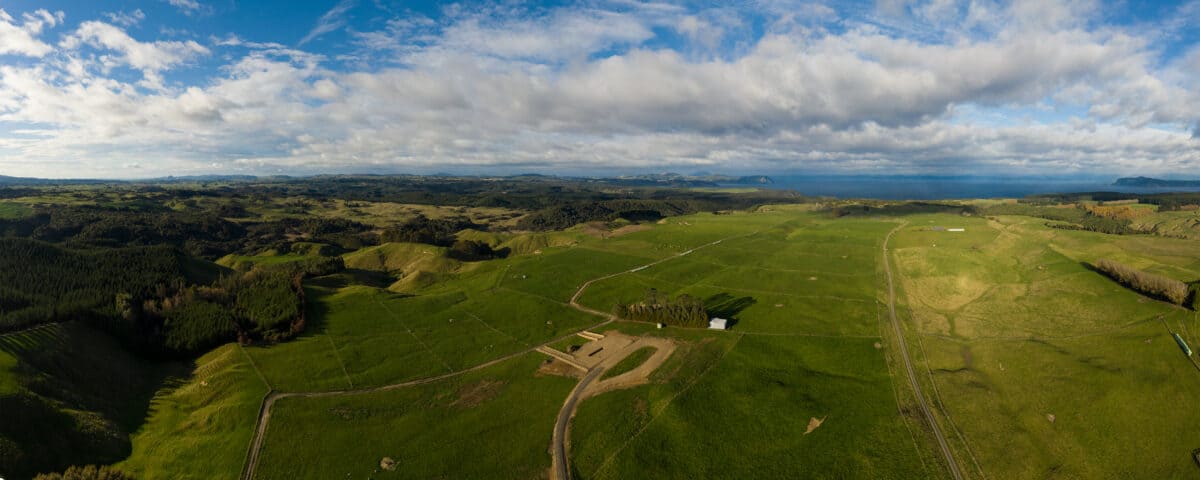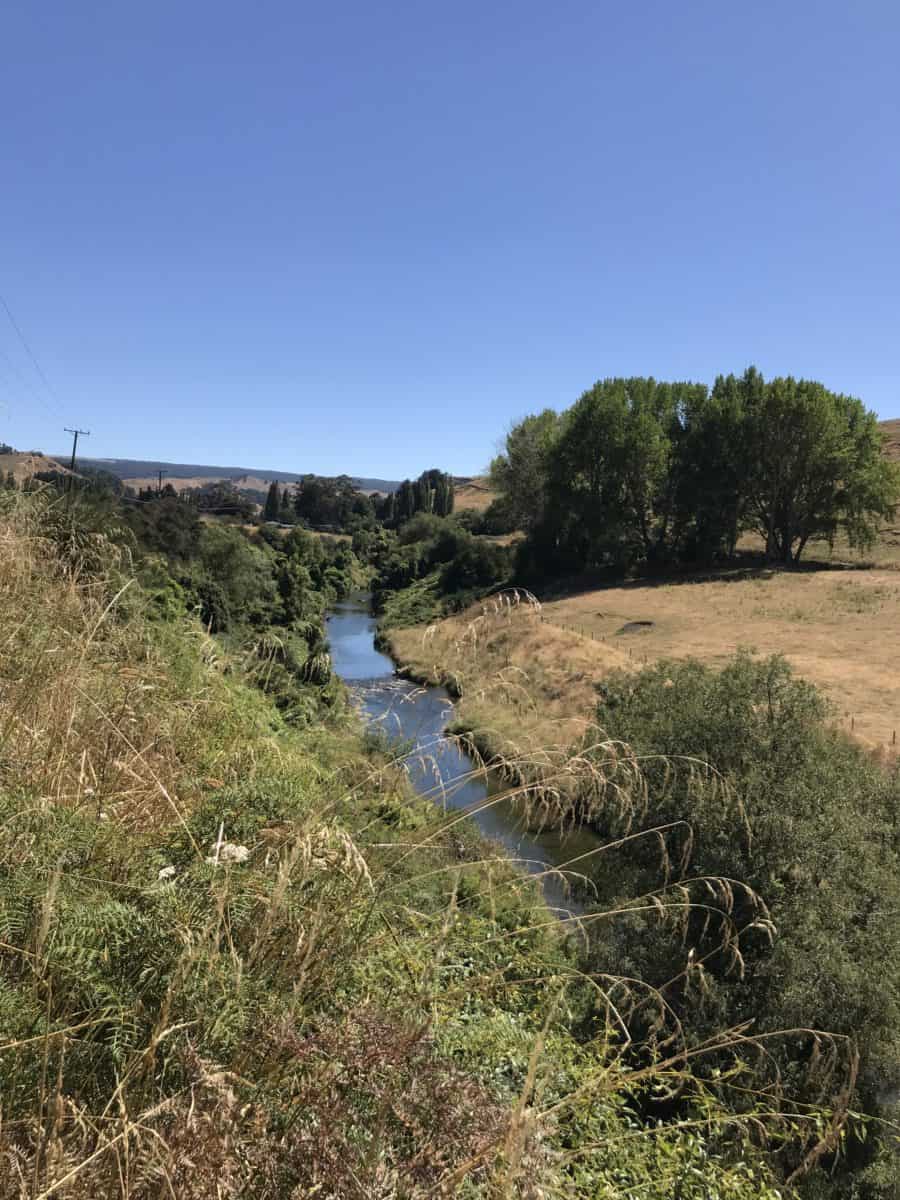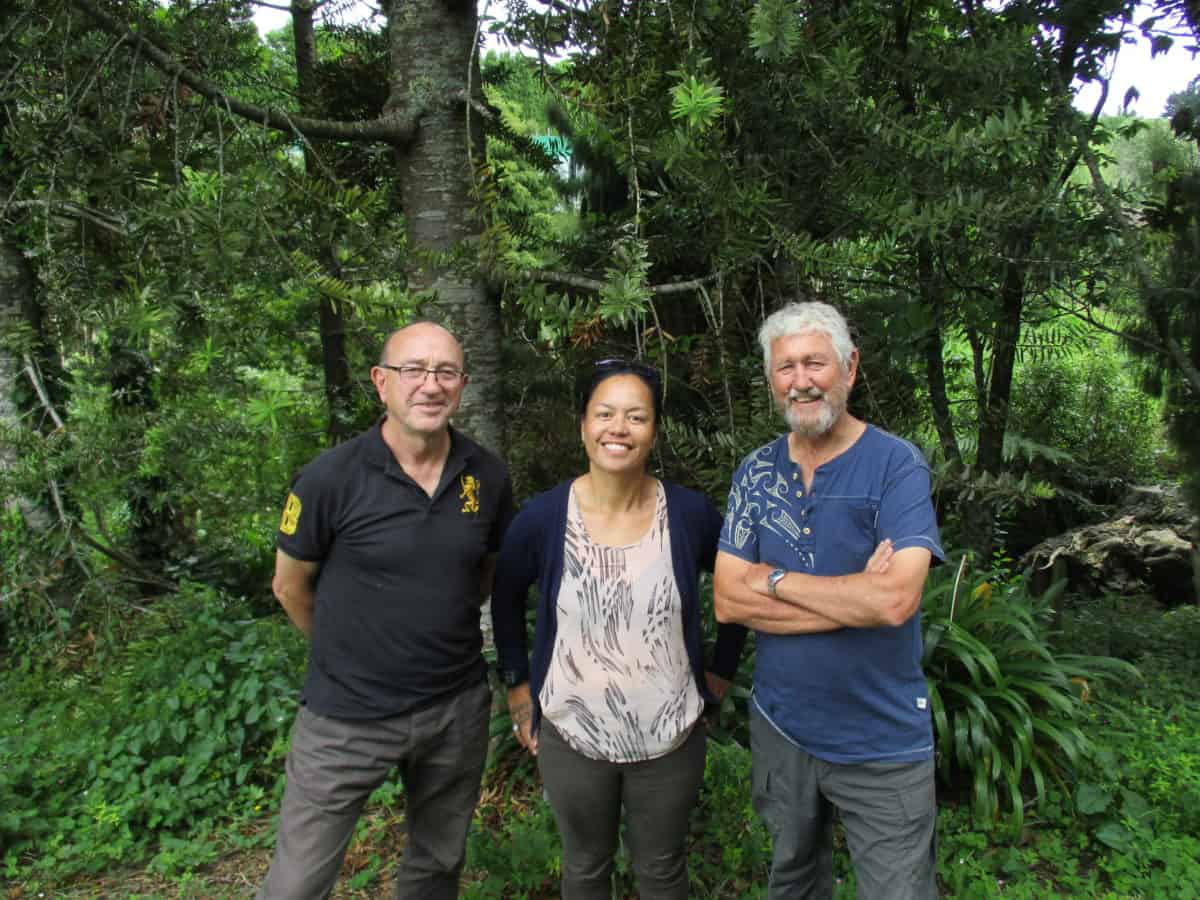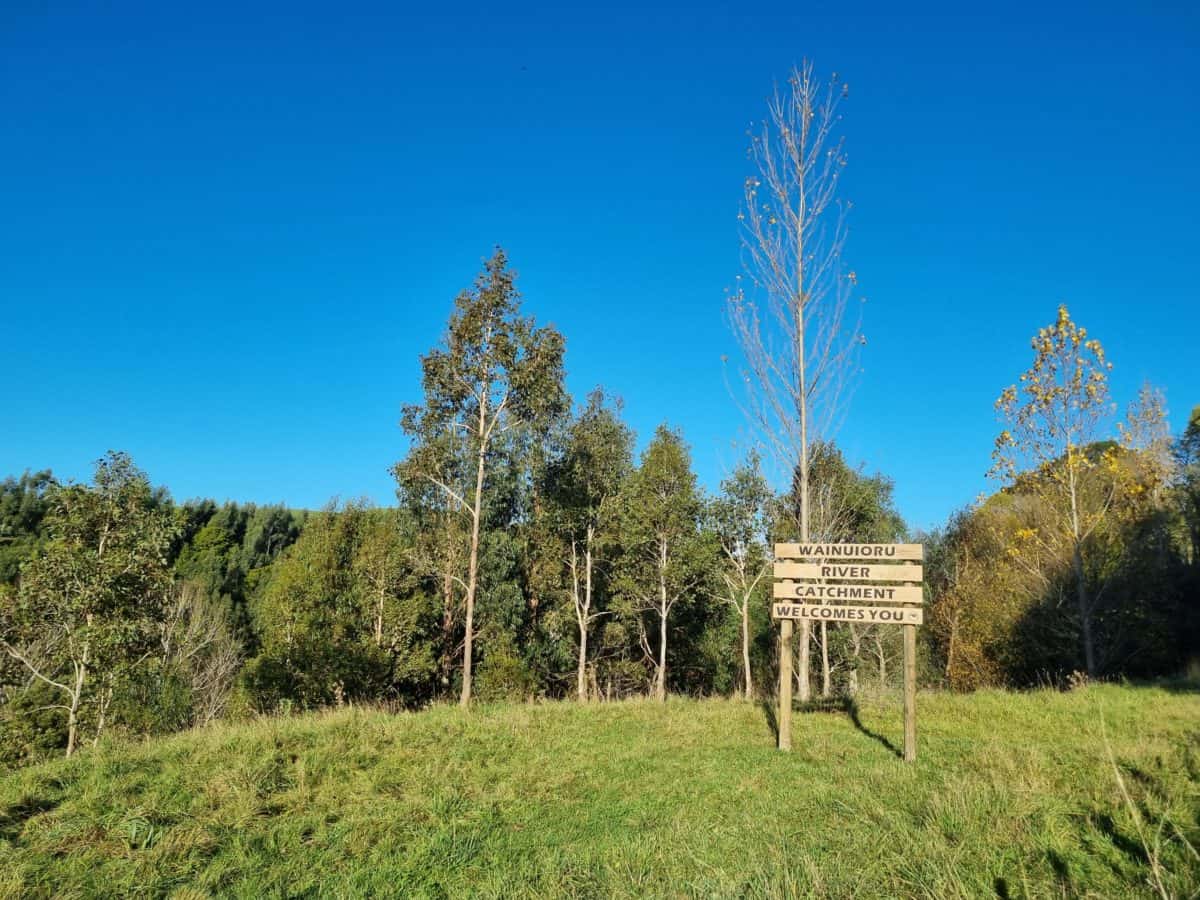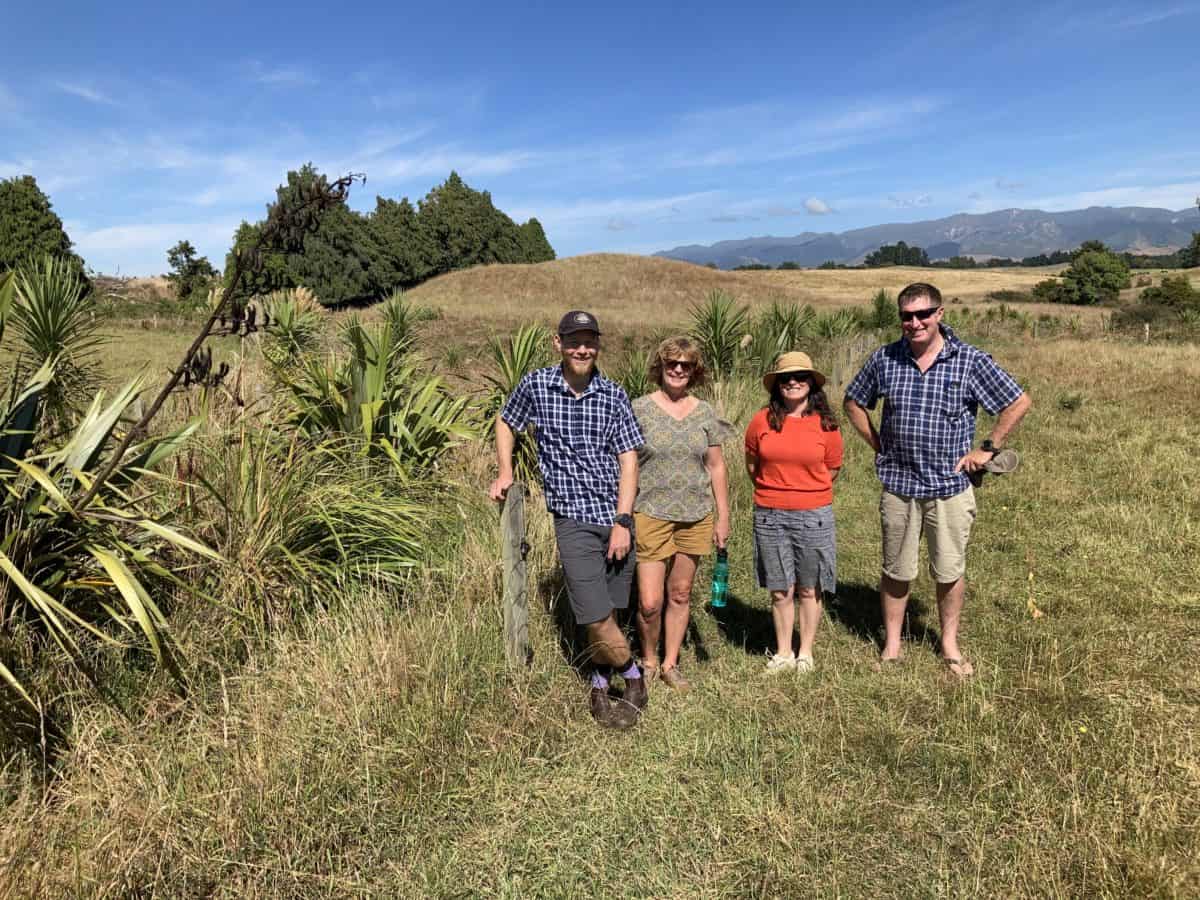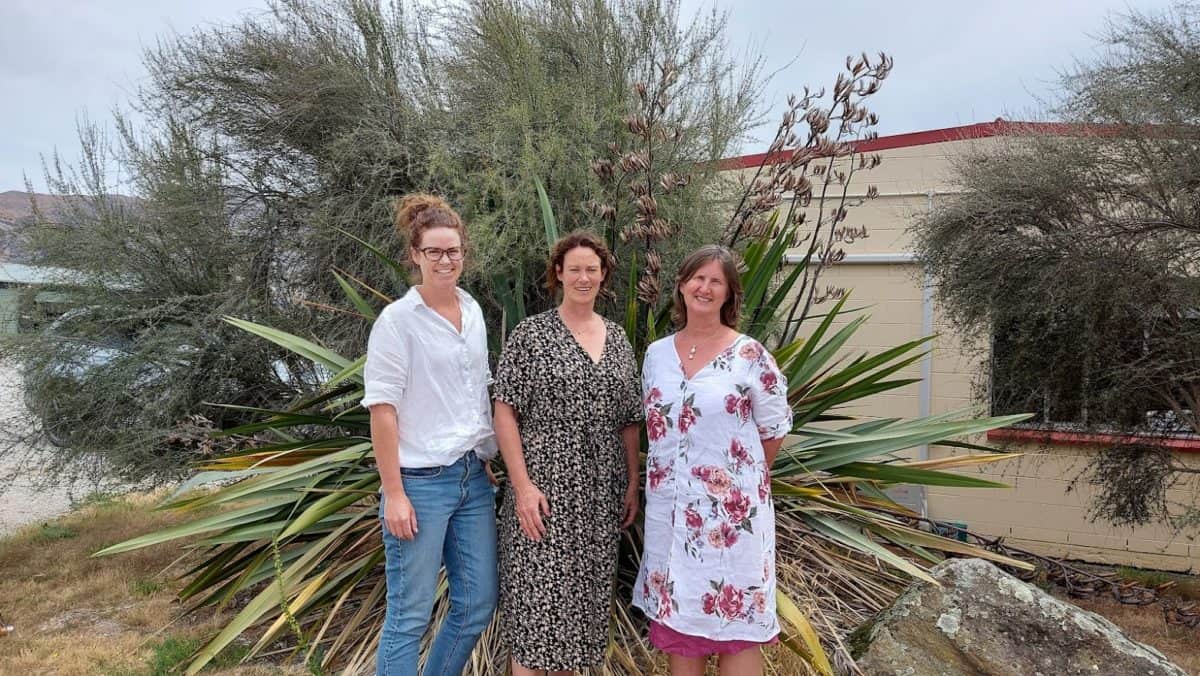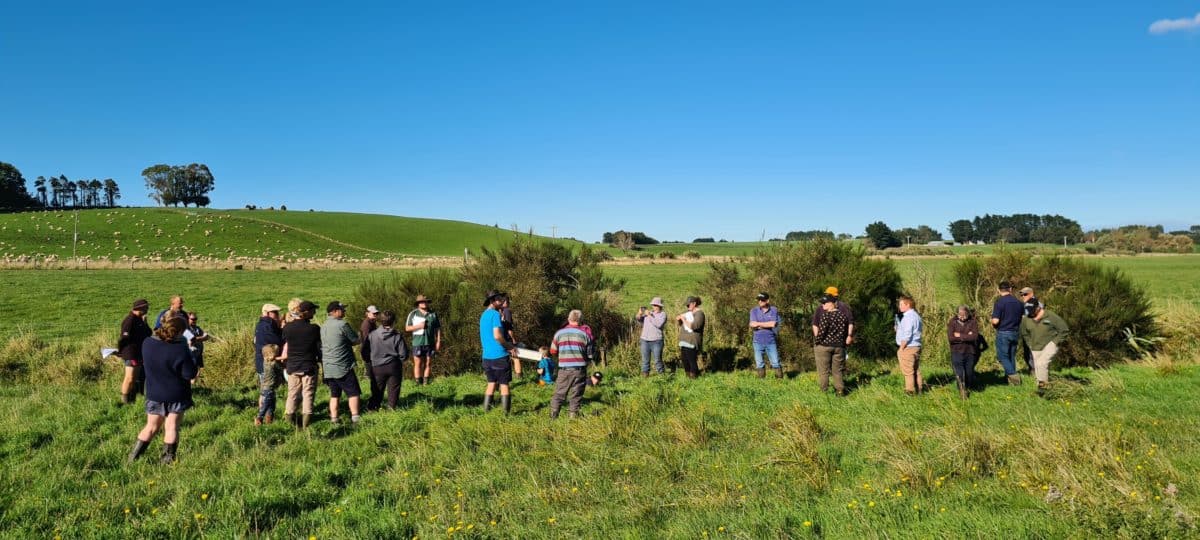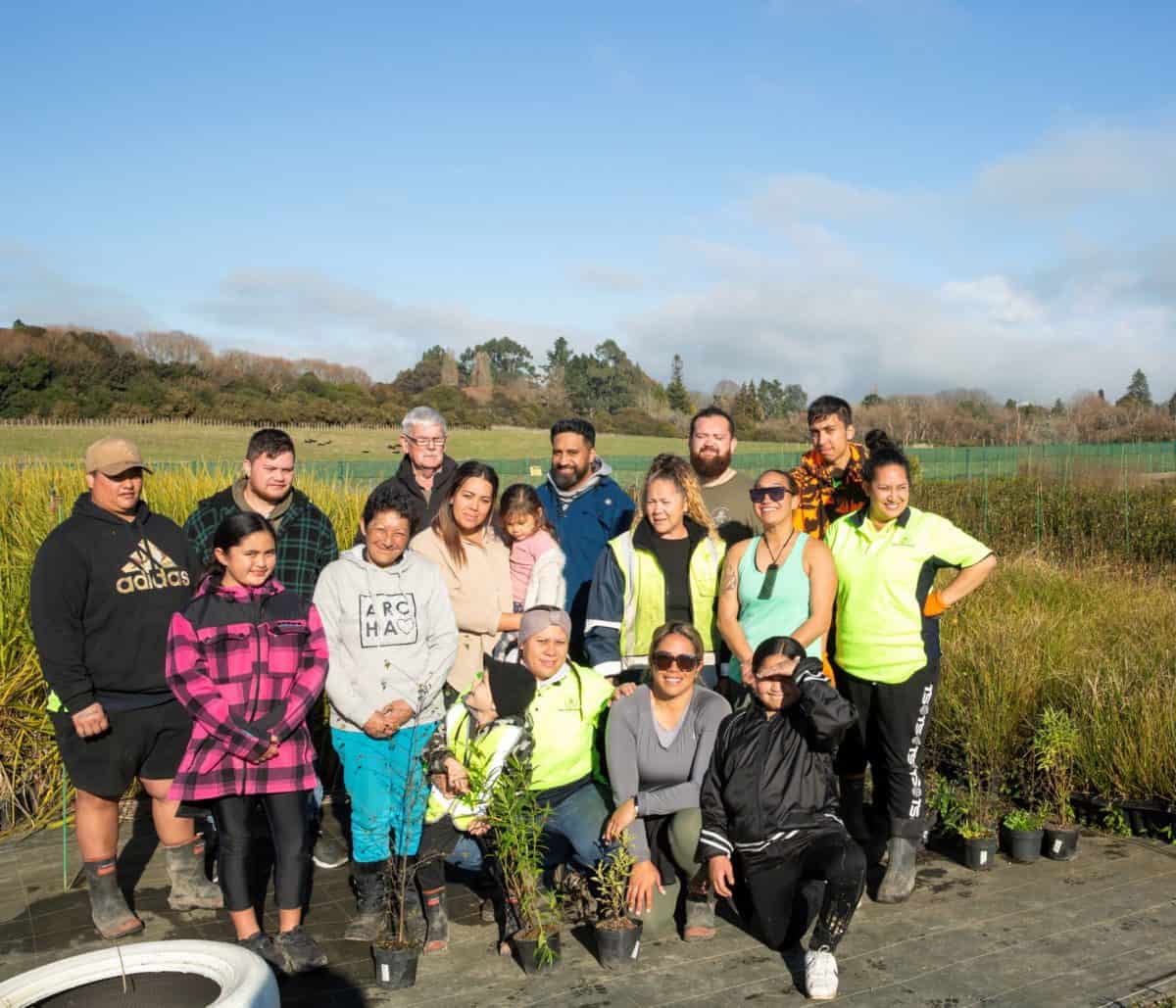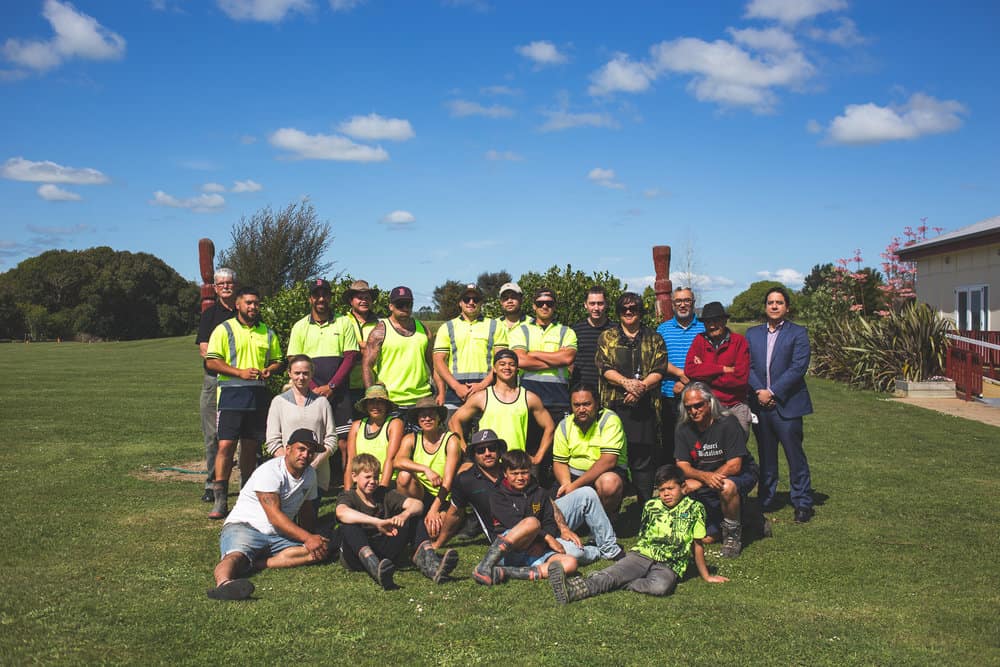Paraiti Catchment Care Group – Bay of Plenty
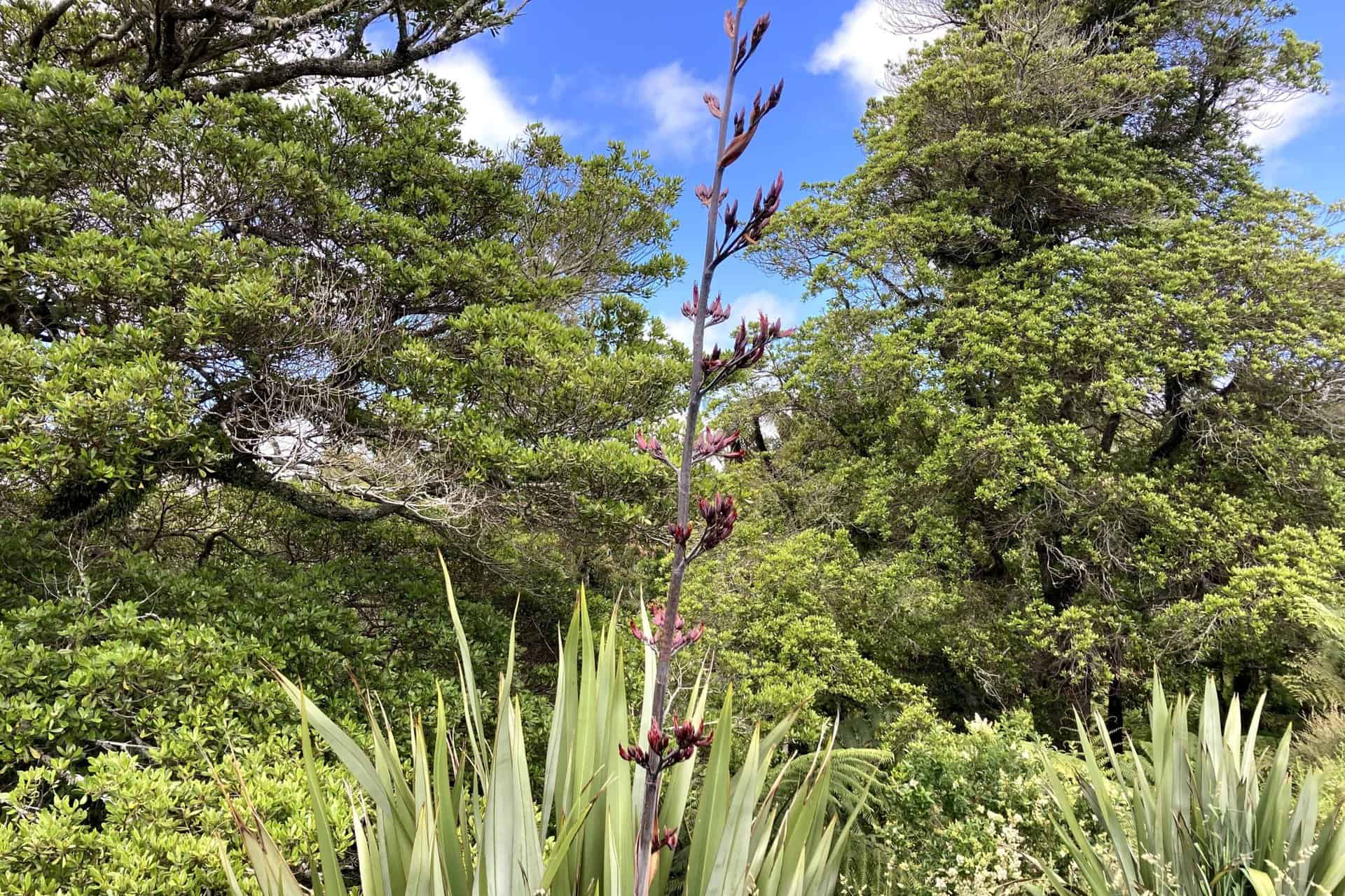
2024 Bay of Plenty Catchment Group Showcased – Paraiti Catchment Care Group
This Bay of Plenty catchment group is led by farmers who are striving to protect and enhance the natural environment for future generations.
Paraiti Catchment Care Group looks after a 2,400ha area that includes pastoral properties along with forests, horticulture and lifestyle blocks. Members of the group are motivated by the potential of increasing native biodiversity along an established bush corridor and the wider Kaituna catchment.
Since forming in 2020, the group has largely focused on protecting the area’s significant native forests from pests and predators, ultimately aiming to boost biodiversity.
In partnership with the Bay of Plenty Regional Council, the group has installed more than 500 bait stations and almost 200 traps, plus upgraded fencing around native forest. In addition, they’ve planted more than 50,000 native trees, installed 13km of new fencing, retired critical source areas and marginal land, and are monitoring one of the Bay of Plenty’s largest long-tailed bat populations – an endangered species.
Reducing sediment loss and erosion is another priority for this farmer-led group that includes representatives from local councils, iwi, conservation organisations, Te Ranga Primary School and kōkako protection groups.
Partnerships are key, for example they help Te Ranga Primary School manage a bush classroom which is located on a 2ha block protected by a QEII National Trust Covenant. They support the Kōkako Ecological Expansion Project which is striving to create a bush corridor linking the kōkako and kiwi populations of Otanewainuku and Kaharoa forests.
Te Ranga community has a long history of commitment to biodiversity and the environment, and this looks set to continue – largely due to this catchment group successfully pooling its knowledge and resources and striving toward a shared goal.
